PERHAPS the most path-breaking British Asian music act of recent years has been the brilliant Orchestral Qawwali Project.
The culturally rich group, combining Sufi poetry with grand orchestral arrangements and a music rooted in centuries old tradition, have drawn in cross-cultural audiences of all ages with their performances.
A giant heartbeat of the act drawing a lot of attention has been lead singer Abi Sampa. She founded the group with her ace composer husband Rushil Ranjan, and together they have created a music phenomenon that has broken new creative ground.
The musical dream team have brought together diverse artists for what will be one of the grandest qawwali-led concerts ever staged in the UK, with a performance at Royal Albert Hall in London next Monday (27).
Those accompanying them will include the National Youth Chamber Choir and the Royal Philharmonic Concert Orchestra.
Eastern Eye caught up with great British hero Abi Sampa to discuss her journey in music, inspirations and the remarkable rise of the Orchestral Qawwali Project.How do you reflect on your journey from appearing on music reality TV show The Voice to now getting ready to perform at the Royal Albert Hall with the Orchestral Qawwali Project?
I haven’t had too much time to reflect because everything’s happened very quickly. To be honest, I have been on this journey since childhood. I was always singing spiritual music since a young age.
The Voice was just me as a young adult trying new things. But my childhood stemmed from seeking spiritual music. So, this feels much more like the path I’ve always been on.Performing with the Orchestral Qawwali Project is an absolute honour. We’re incredibly grateful and honoured that the community has supported us and are coming to see us perform live.
What first inspired you and Rushil Ranjan to start the Orchestral Qawwali Project?
I have been singing qawwali since my teens. I met Rushil in 2016. And we both had this great love for qawwali music. So, it all started off as just enjoying the music and creating together.
In 2018, Rushil and I actually put down our first recording Man Kunto Maula and a few others. Rushil always knew it was a beautiful grand style of music and wanted to find a way to reimagine it.
How did he do that?
He taught himself how to write for an orchestra, starting off with just one cello and a violin in a recording. In 2022, we were asked to perform with the Scottish Chamber Orchestra. He then had to teach himself how to write for an entire orchestra. He’s a musician but wasn’t taught to write for an orchestra. But just because he loves it so much, he ended up doing that learning and then it just snowballed completely out of our control.
The progression of the group has been rapid. Did you expect it to be so quick? Absolutely not. I would never ever even have imagined it to happen this quickly and to this sort of scale. I was saying to Rushil last year, ‘Oh, wouldn’t it be lovely to perform at the Royal Albert Hall one day’. I had no idea it would be happening in 2024, one year later. I suppose it’s a music that means so much to the community. The only explanation in my head is that the community has pushed this and made it what it is.
But you have pulled in cross cultural audiences in a way few south Asian led acts ever have…
Yeah. I mean, when we performed at Celtic Connections with the Scottish Chamber Orchestra, I would probably say that most of the audience was white, Scottish, and they absolutely embraced and really loved it. So yeah, I suppose that’s what we are trying to do with this because we do have that cross culture within us. This is our way of expressing our culture, identity and the different things that make us who we are, in this time.
What was the experience of performing at Womad Festival, which helped turn late qawwali legend Ustad Nusrat Fateh Ali Khan into a crossover star decades ago?
I felt like I was stepping into some very, very big shoes, but it was absolutely amazing. The crowd was brilliant. It was always something I dreamed of doing because of the reputation of Nusrat performing there. It was just an honour to even be asked.
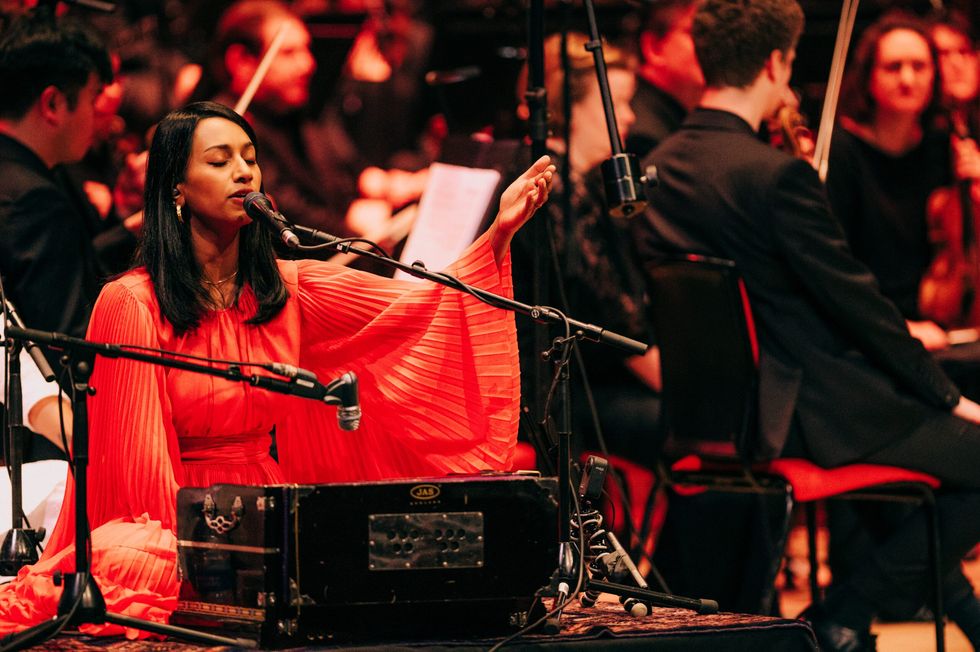
You’re surrounded by amazing artists, but is there a pressure being the focal point as the lead singer?
To be honest, not nearly as much as if you’re a complete solo singer. It’s just such a joy being on stage with all the chorus singers, musicians, band members and friends. I don’t feel like I’m a soloist in it. Even though I know I’m leading the qawwali troupe, it feels like an entire effort, being on stage with beautiful people, doing something really lovely, with a purpose. So, no, I don’t see it that way at all. It’s just always a joy.
How do you get into the spiritual like zone on stage when singing?
I don’t know if I’ll be able to put it into words properly. I think this music is so much bigger than any of us. It’s definitely bigger than me, so I just bow my head down and let this music come out. I don’t even think it’s me, really. I bow my head and let the powers that be take over, and hope it will touch people.
What can we expect from the Royal Albert Hall performance?
It’s going to be probably the biggest performance in terms of we are working with the Royal Philharmonic Concert Orchestra and a 32 piece choir. It’s going to be everything, but just on a much grander scale, which is befitting of the Royal Albert Hall.
Is there any particular song you’re looking forward to performing?
It’s difficult to choose. We performed Ganj E Shakar with the CBSO at the end of last year. That’s one I really am looking forward to performing.
Everything is going to be slightly reimagined, grand and just beautiful.
How much does the fact that you are such a versatile artist help you?
Rushil has worked with many great artists like Rahat Fateh Ali Khan. He said that because we grew up here, we understand western music in a slightly different way. That means we can bring the Indian classical element and weave it through western classical in a way that doesn’t feel like it’s too far. So, we can bring together everything.
I’m hoping my cultural identity means I can do both things in a way that pleases people.
Rushil Ranjan is also your husband. What’s it like working with someone you’re married to?
I’m sure we’ve made life very difficult for ourselves being married and working together on such a huge project. But it means that we can just make things as beautiful as they can be.
There’s no sort of right, this is work and I’m going home now. So, the Orchestral Qawwali Project doesn’t end. There’s no boundaries. We’re always working and striving to make it as good as we can do.
What does the future hold for the Orchestral Qawwali Project?
We are doing many different projects. Rushil and I are writing with the CBSO, brand new works, concertos, and also spinning off to do projects.
In terms of Orchestral Qawwali Project, we just hope to continue growing, so we can take it around the world and enable people to enjoy this beautiful magical art form.
And what inspires you as an artist?
All the art forms and music that I’ve ever listened to. But nothing entrances and moves me as much as qawwali music, so my biggest inspiration is Nusrat Fateh Ali Khan Saab.
But, yes, just beautiful classical music really, in all forms from western to eastern. And now we have the pleasure of trying to bring those two together. I would say those are my inspirations, and aspirations.
What kind of music dominates your personal playlist?
Oh, that’s always a tricky one. Obviously, Nusrat Fateh Ali Khan. I do love listening to my Bollywood and a bit of AR Rahman. In terms of English music, I love Mumford & Sons, Coldplay. I grew up listening to big ballad singers like Celine Dion.
How do you manage to generate so much emotion in your voice?
Oh, thank you. I don’t know the answer to that question. I just do what I do and hope it will move and touch people.
Why should we all come to the Royal Albert Hall show?
There hasn’t been a lot of qawwali at the Royal Albert Hall in a very long time. I think it’s been 30 years since Nusrat Fateh Ali Khan graced the venue. So, it will be just a beautiful event where all different people can come together and enjoy this beautiful art form on the grandest scale, we have ever performed it.
Why do you love music?
Oh, what is life without music?
www.royalalberthall.com www.orchestralqawwali.co





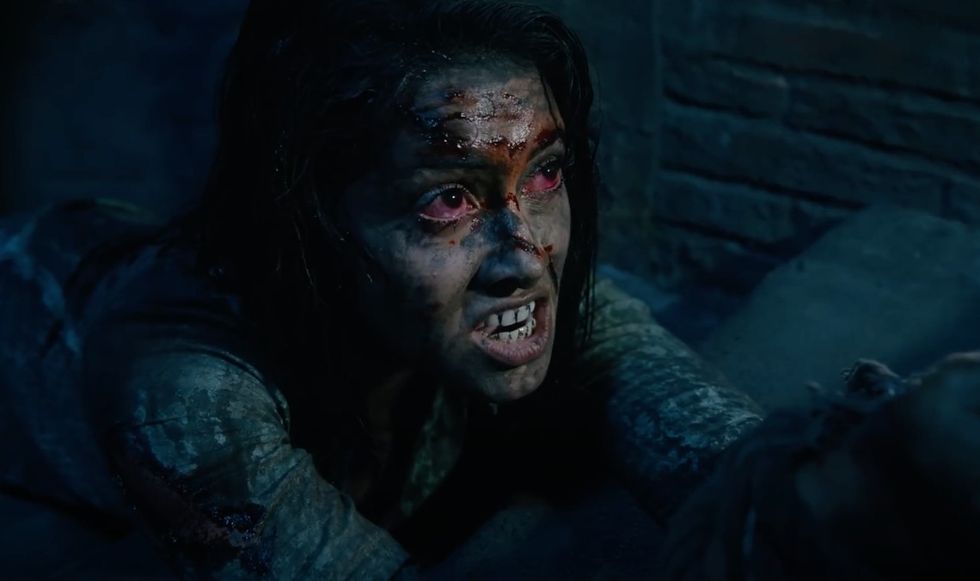 Chhorii 2
Chhorii 2









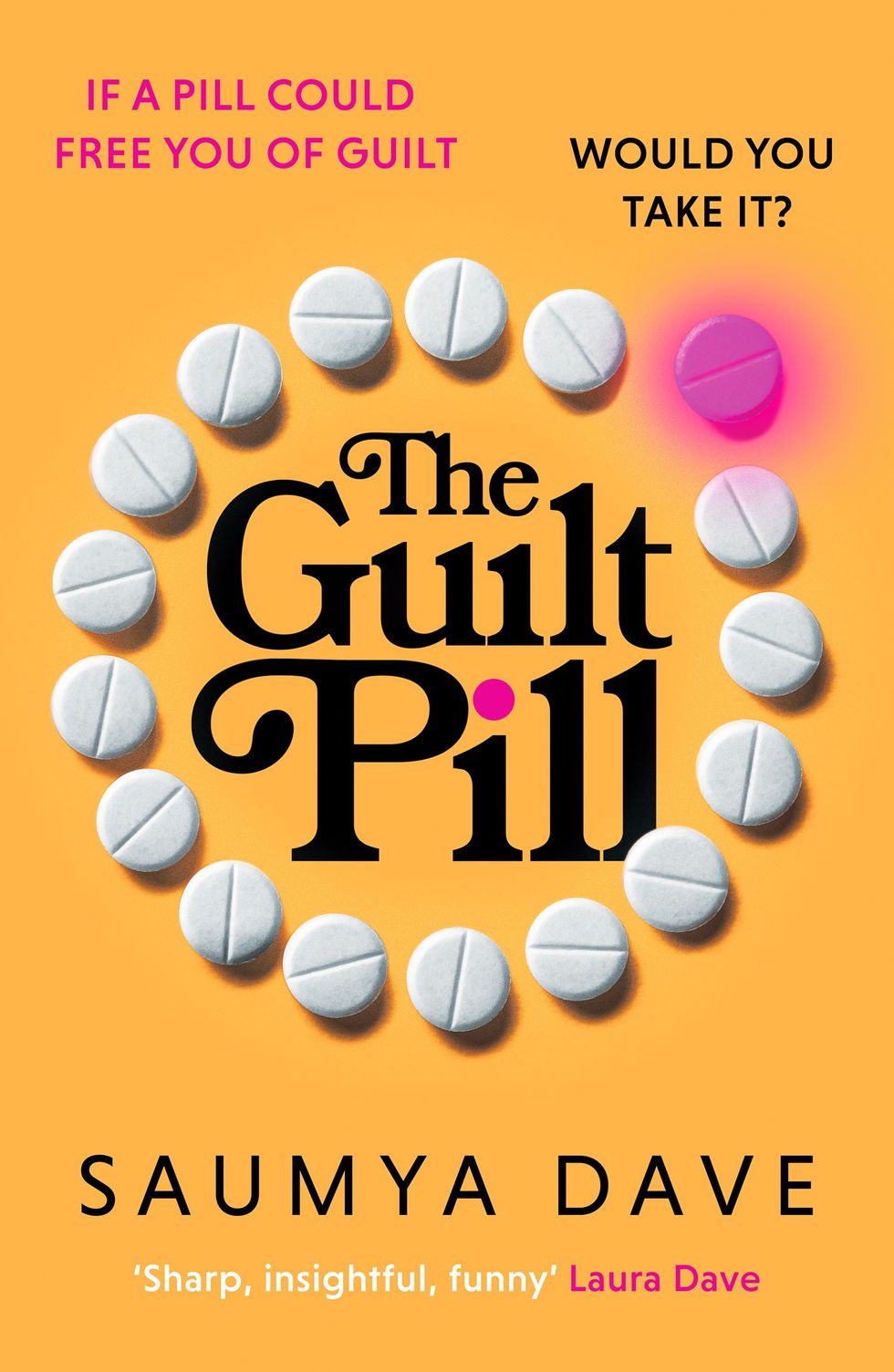 'The Guilt Pill' her latest booksaumyadave.com
'The Guilt Pill' her latest booksaumyadave.com

 Milli Bhatia
Milli Bhatia
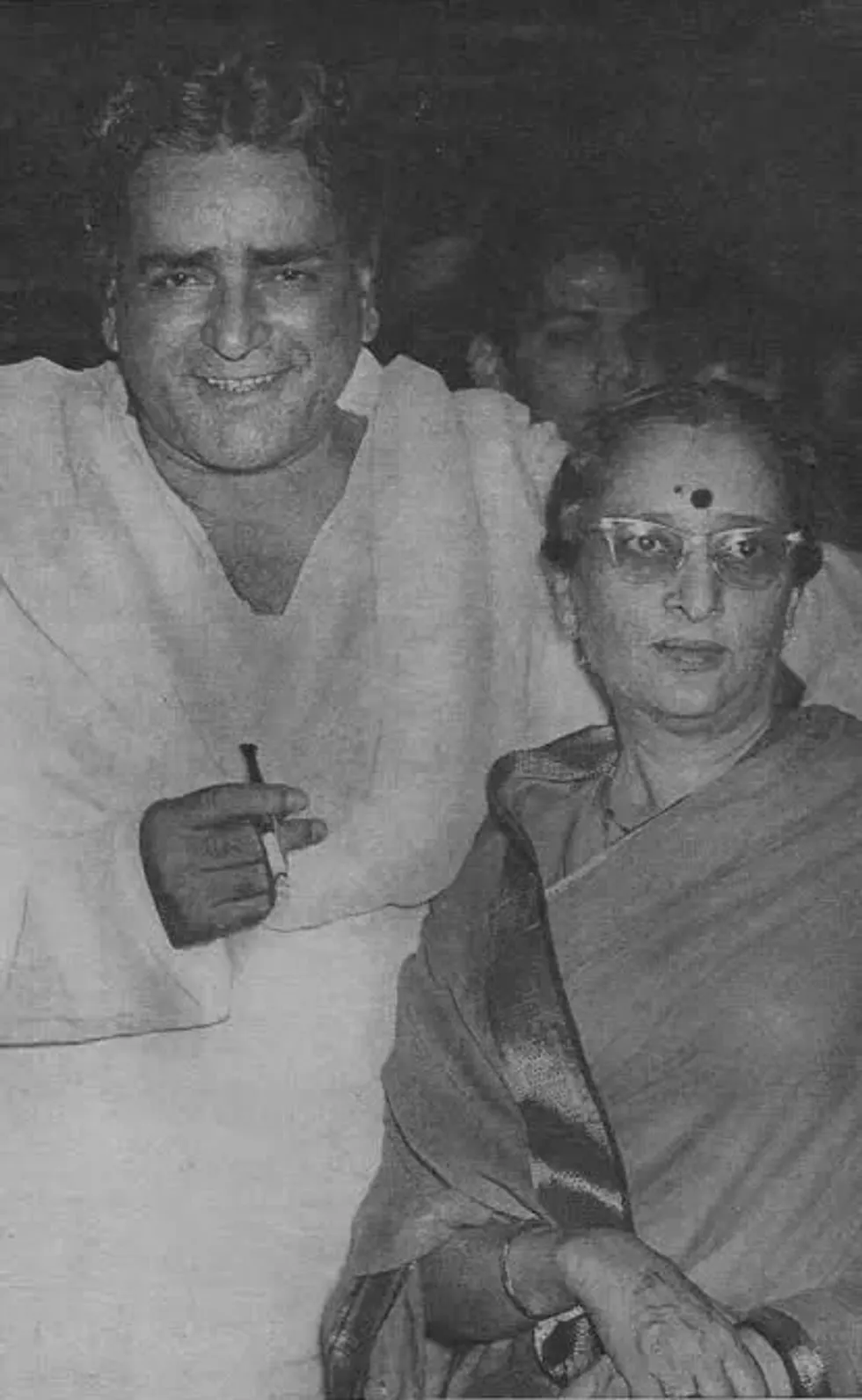 Prithviraj Kapoor and Ramsarni Mehra Reddit/ BollyBlindsNGossip
Prithviraj Kapoor and Ramsarni Mehra Reddit/ BollyBlindsNGossip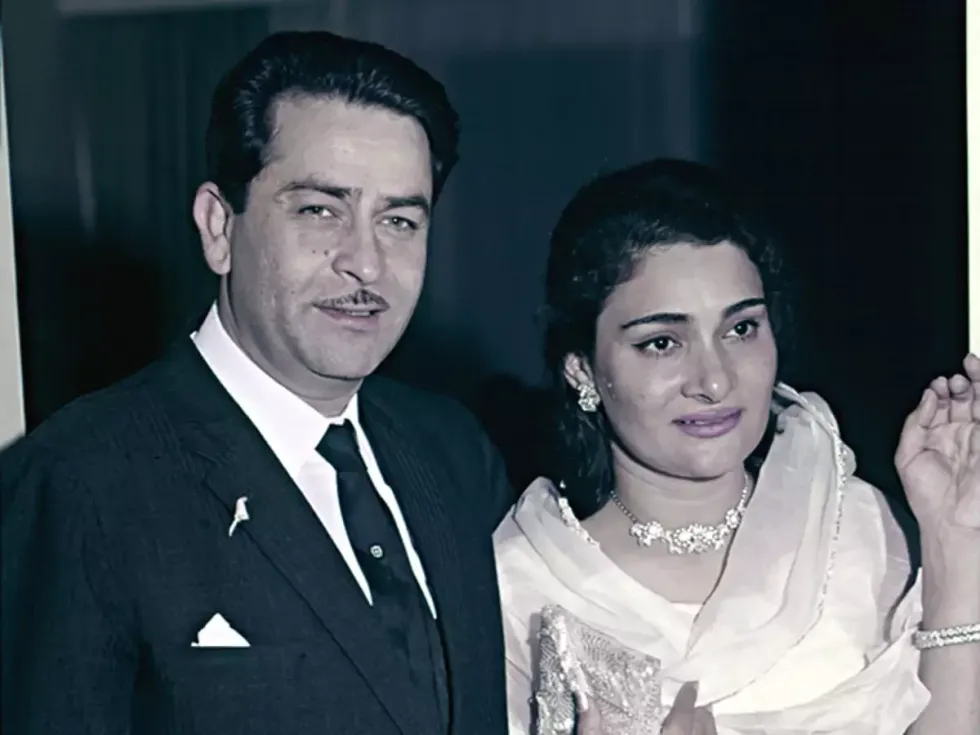 Raj Kapoor and Krishna MalhotraABP
Raj Kapoor and Krishna MalhotraABP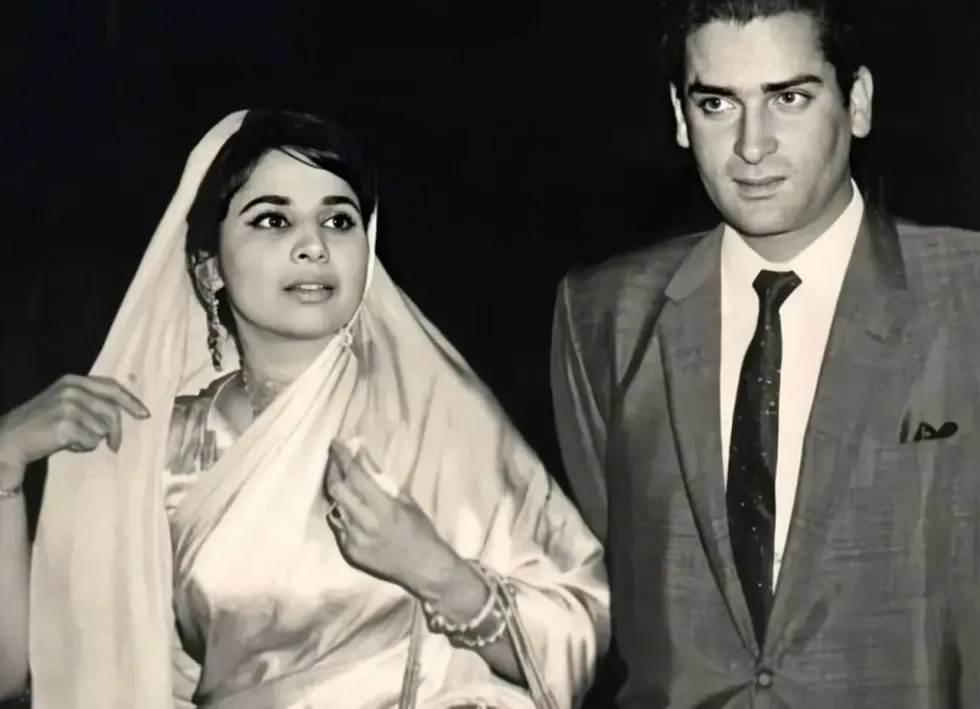 Geeta Bali and Shammi Kapoorapnaorg.com
Geeta Bali and Shammi Kapoorapnaorg.com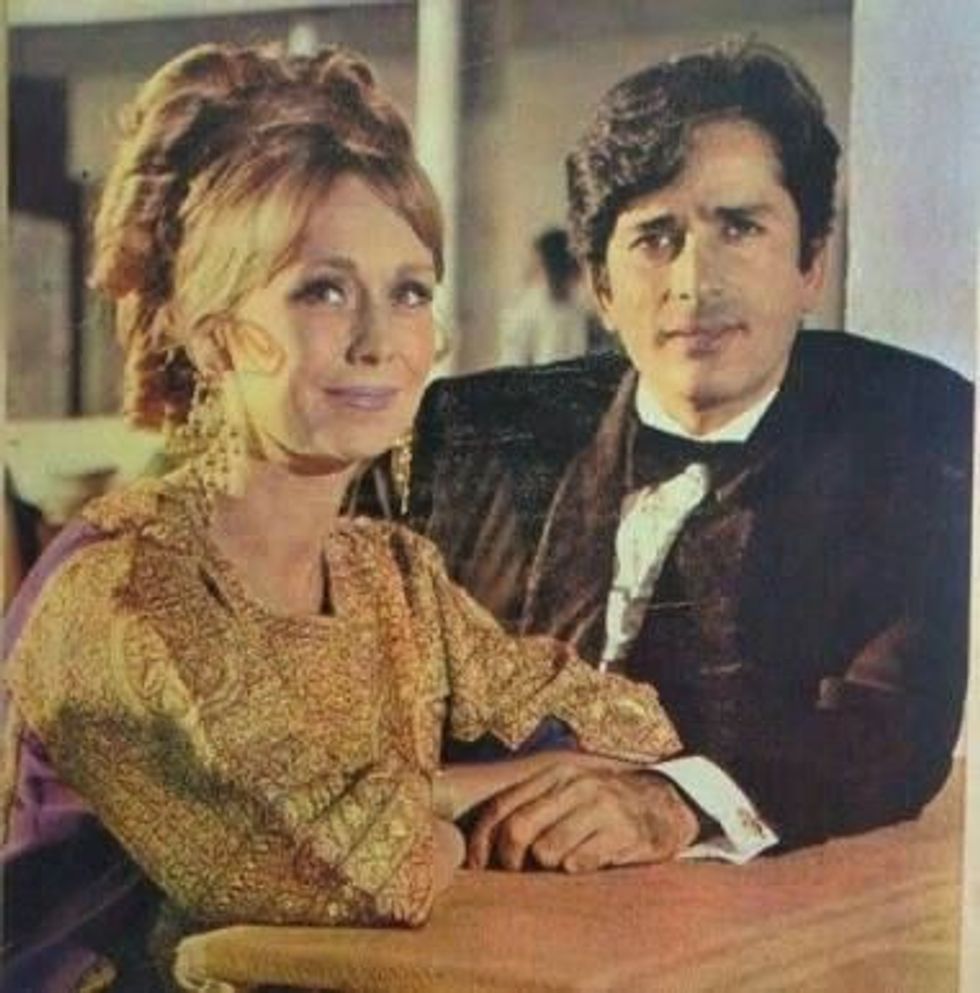 Jennifer Kendal and Shashi KapoorBollywoodShaadis
Jennifer Kendal and Shashi KapoorBollywoodShaadis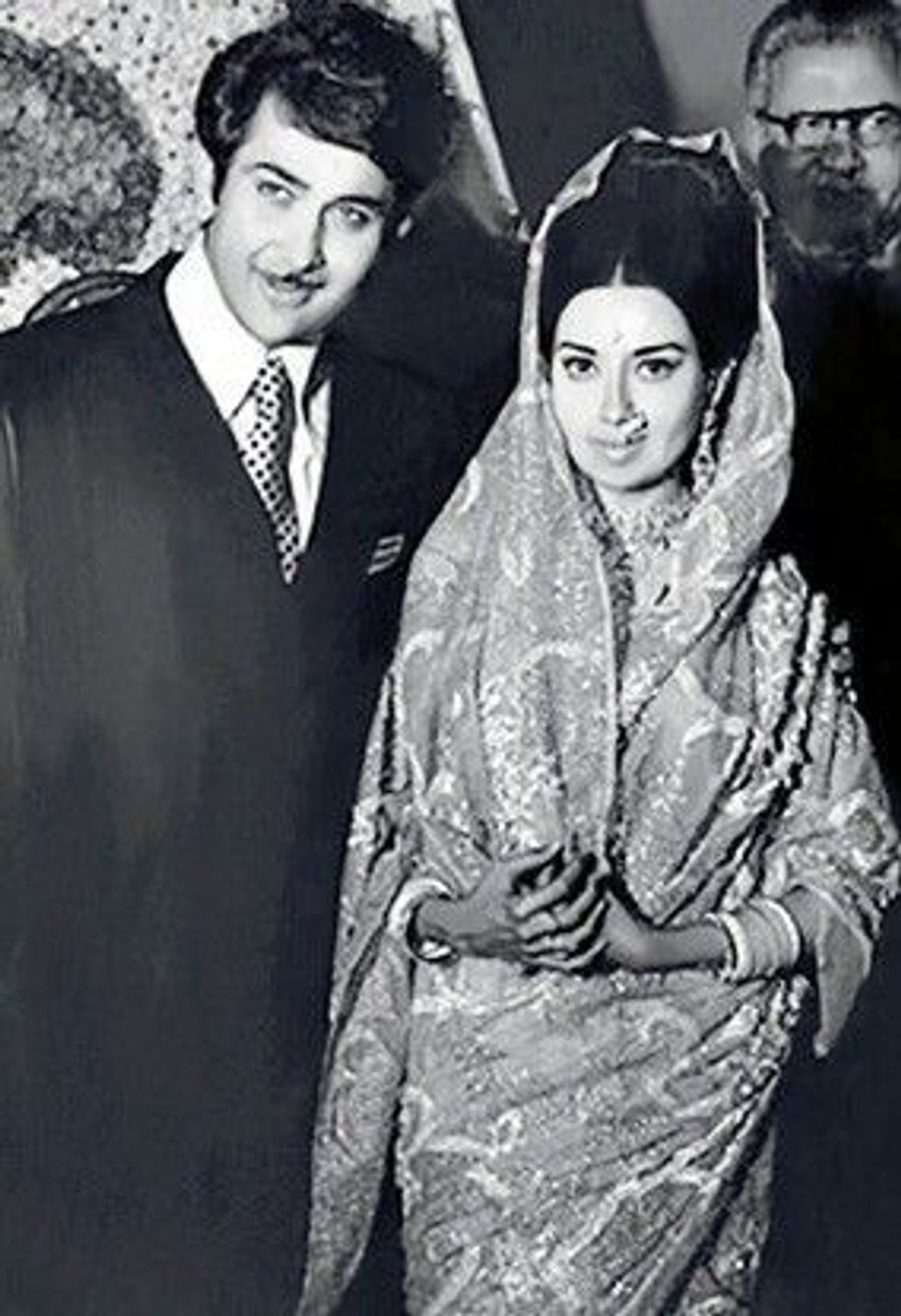 Randhir Kapoor and Babita BollywoodShaadis
Randhir Kapoor and Babita BollywoodShaadis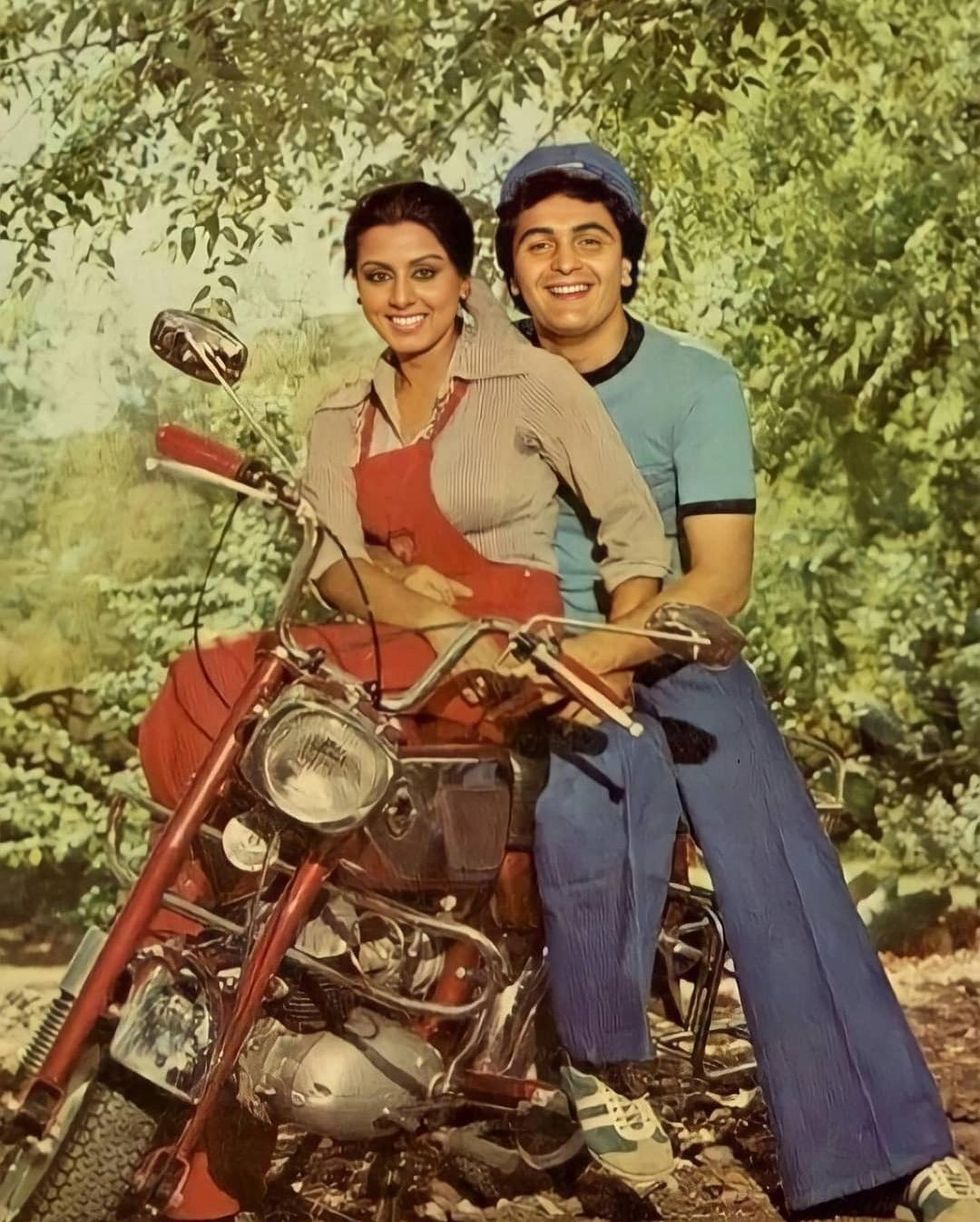 Neetu Singh and Rishi KapoorNews18
Neetu Singh and Rishi KapoorNews18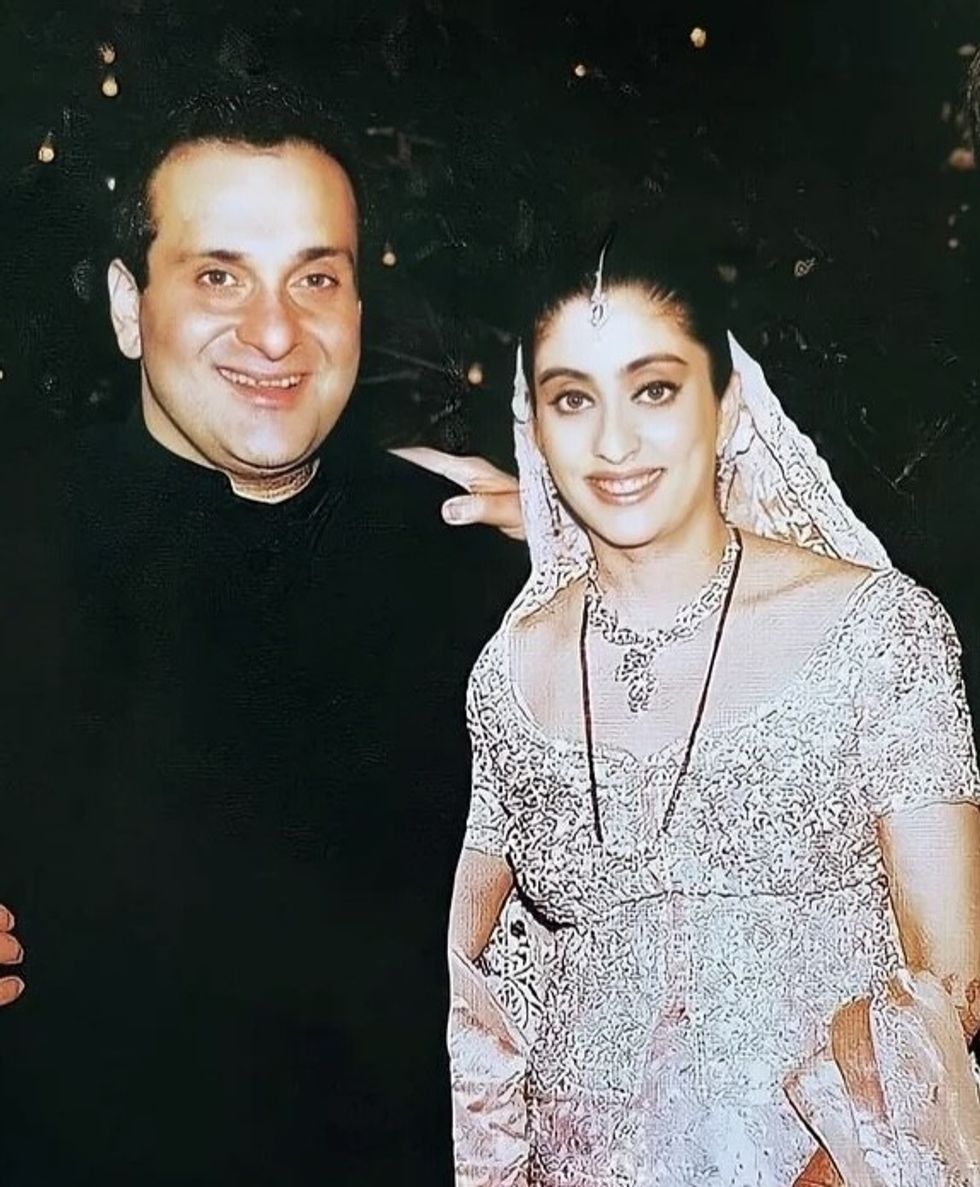 Rajiv Kapoor and Aarti Sabharwal Times Now Navbharat
Rajiv Kapoor and Aarti Sabharwal Times Now Navbharat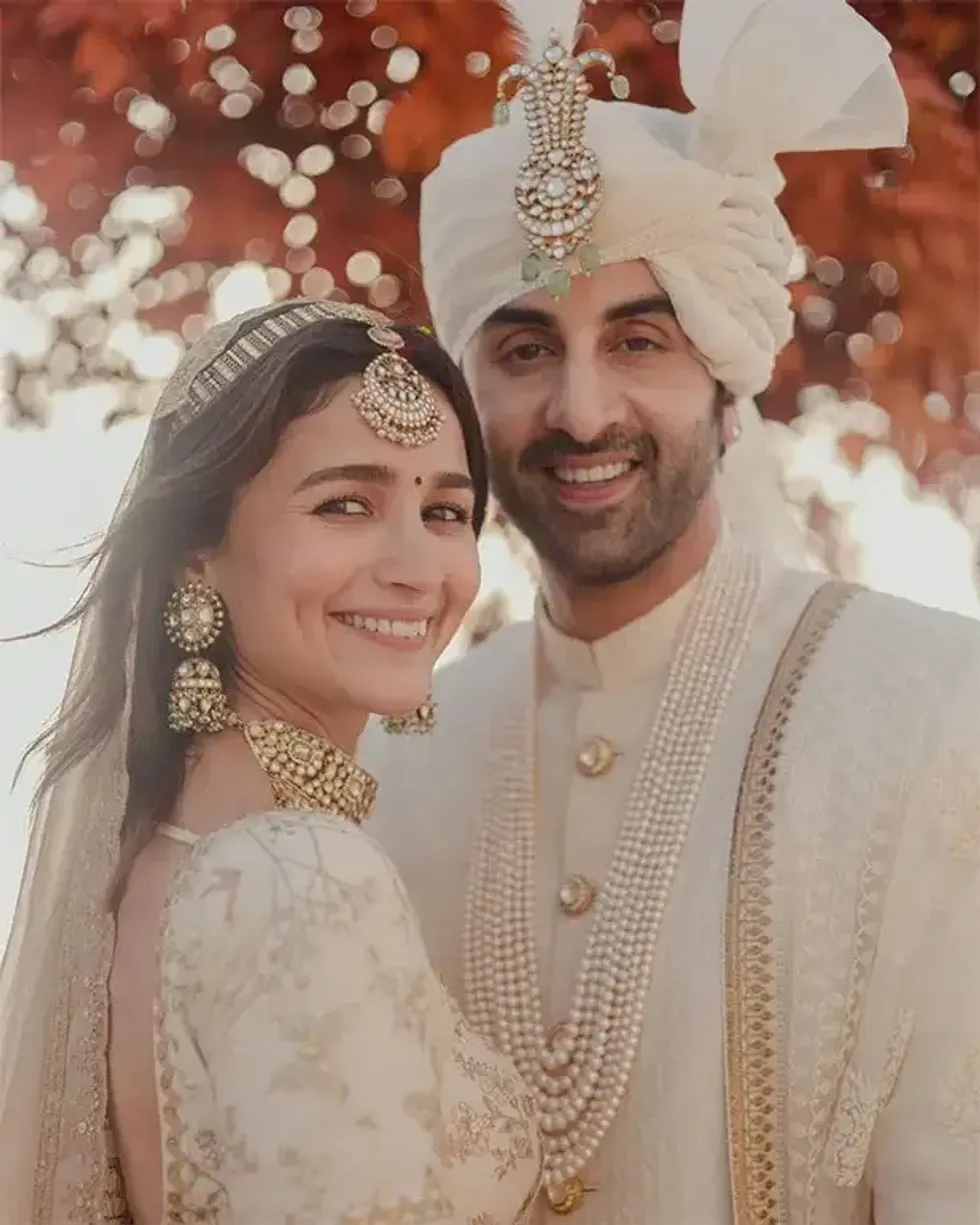 Alia Bhatt and Ranbir KapooInstagram/ aliaabhatt
Alia Bhatt and Ranbir KapooInstagram/ aliaabhatt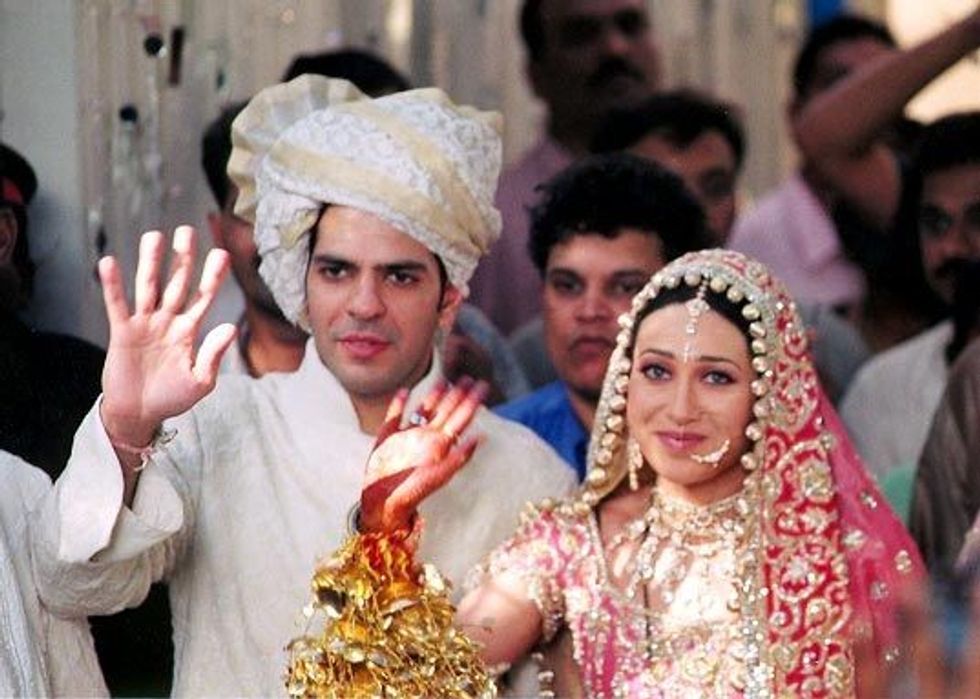 Sunjay Kapur and Karisma KapoorMoney Control
Sunjay Kapur and Karisma KapoorMoney Control